Gender Representation in Japanese Manga: Examining Stereotypes and Progress
Introduction
Japanese manga has long been a popular form of entertainment around the world, known for its diverse genres and unique art style. However, one aspect of manga that has come under scrutiny is its representation of gender. Gender stereotypes and traditional roles have been prevalent in Japanese manga for many years, shaping the way characters are depicted and influencing the narratives they are a part of. In recent years, there has been a push for more diverse and realistic portrayals of gender in manga, challenging the status quo and promoting gender equality.
Stereotypes in Japanese Manga
Traditional gender roles and stereotypes can be seen throughout Japanese manga, with certain archetypes often being recycled across various genres. Female characters are frequently portrayed as being submissive, emotional, and dependent on male characters for validation and protection. They are often depicted as caregivers or love interests, with their storylines revolving around romance rather than their own ambitions and goals.
On the other hand, male characters are often portrayed as strong, stoic, and in positions of power. They are typically the heroes of the story, tasked with saving the day and displaying acts of bravery and strength. This reinforcement of traditional gender norms can perpetuate harmful stereotypes and limit the representation of diverse gender identities and experiences in manga.
Progress in Gender Representation
Despite the prevalence of gender stereotypes in Japanese manga, there has been a noticeable shift towards more diverse and inclusive representation in recent years. With the rise of progressive and socially conscious creators, manga is now exploring a wider range of gender identities and breaking away from traditional gender roles.
Female characters are now being portrayed as strong, independent, and complex individuals with their own agency and motivations. They are no longer relegated to the role of love interest or sidekick, but are taking on leadership roles and driving the narrative forward. Characters like Mikasa Ackerman from “Attack on Titan” and Motoko Kusanagi from “Ghost in the Shell” are examples of strong, badass female characters who challenge traditional gender norms and subvert expectations.
Similarly, male characters are also being given more nuance and depth, with creators exploring themes of vulnerability, sensitivity, and emotional expression. This shift allows male characters to break free from the constraints of toxic masculinity and showcase a more authentic and relatable range of emotions and experiences.
Intersectionality and Diversity
In addition to challenging traditional gender roles, there is also a movement towards greater intersectionality and diversity in Japanese manga. Creators are incorporating characters from different backgrounds and identities, including LGBTQ+ characters, people of color, and individuals with disabilities. This change reflects a more inclusive and representative view of society, allowing readers to see themselves reflected in the stories they consume.
Manga like “Wandering Son” and “My Lesbian Experience with Loneliness” explore themes of gender identity and sexuality with sensitivity and authenticity, challenging societal norms and shedding light on the experiences of marginalized communities. By centering these voices and experiences, manga is able to create a more inclusive and empathetic narrative landscape that resonates with a wider audience.
Continued Challenges and Pushback
Despite the progress that has been made in gender representation in Japanese manga, there are still challenges and pushback from certain corners of the industry. Some creators and publishers continue to rely on outdated stereotypes and tropes, perpetuating harmful narratives that reinforce inequality and discrimination. There is a lingering reluctance to embrace change and push boundaries, leading to a stagnation in the representation of gender in manga.
Additionally, there is also criticism from conservative groups who view progressive portrayals of gender as a threat to traditional values and societal norms. This resistance to change can hinder the evolution of gender representation in manga and prevent creators from exploring new and diverse stories and perspectives.
Conclusion
In conclusion, Japanese manga has made great strides in challenging stereotypes and promoting more diverse and authentic representations of gender. Creators are pushing boundaries and exploring new narratives that break free from traditional gender roles, creating a more inclusive and representative landscape for readers to engage with. While there are still challenges and pushback, the progress that has been made is a testament to the power of storytelling and the ability of manga to shape cultural norms and perceptions. By continuing to push for greater diversity and inclusion, Japanese manga can continue to inspire and empower readers around the world.
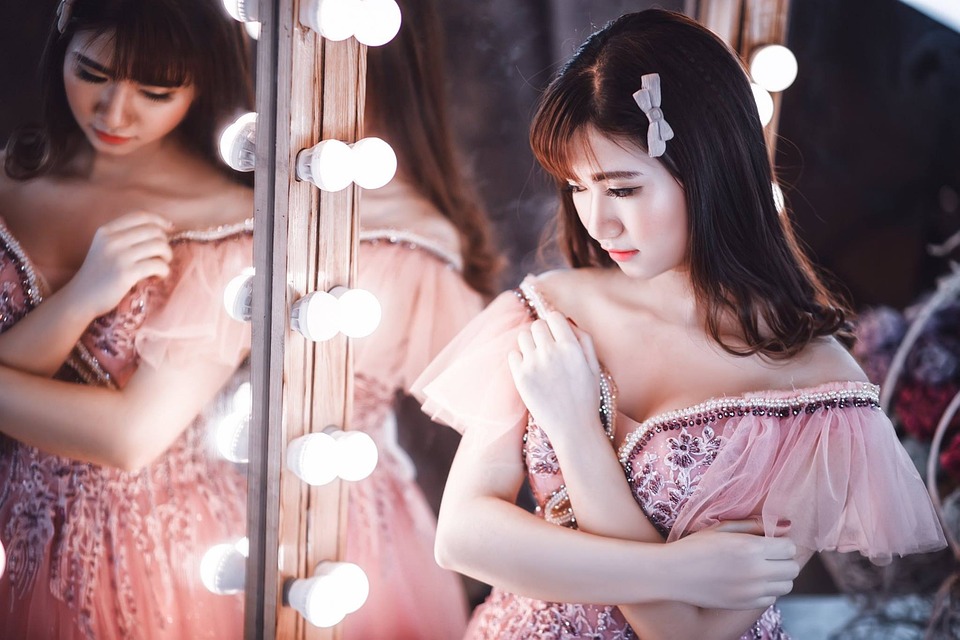
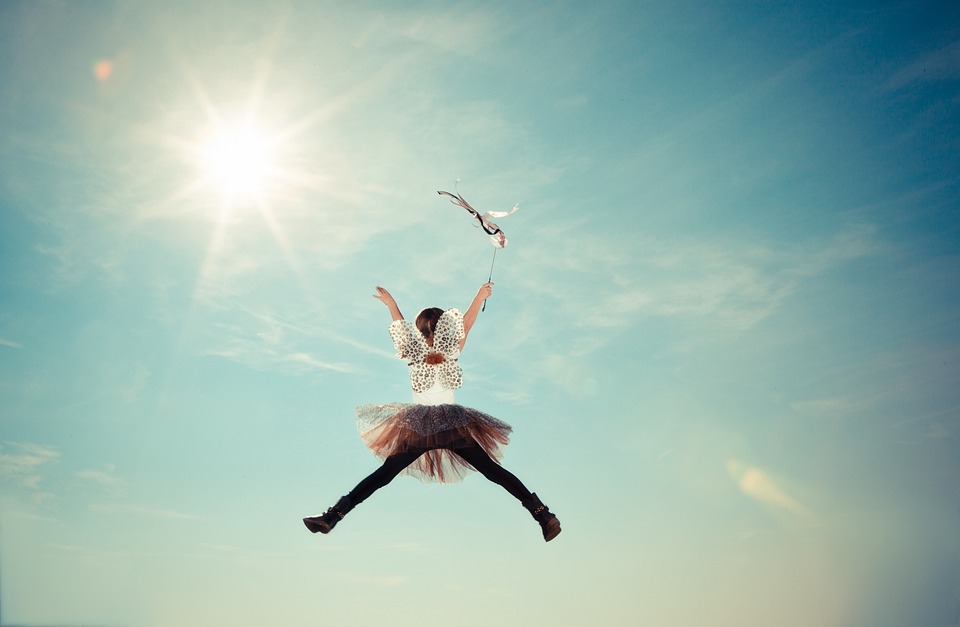

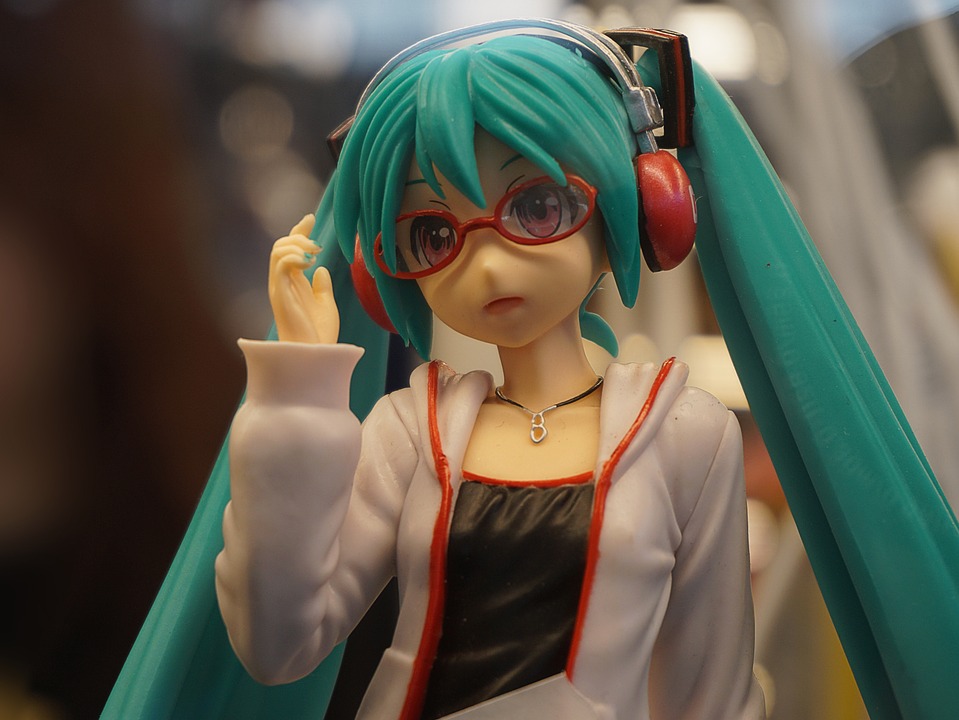

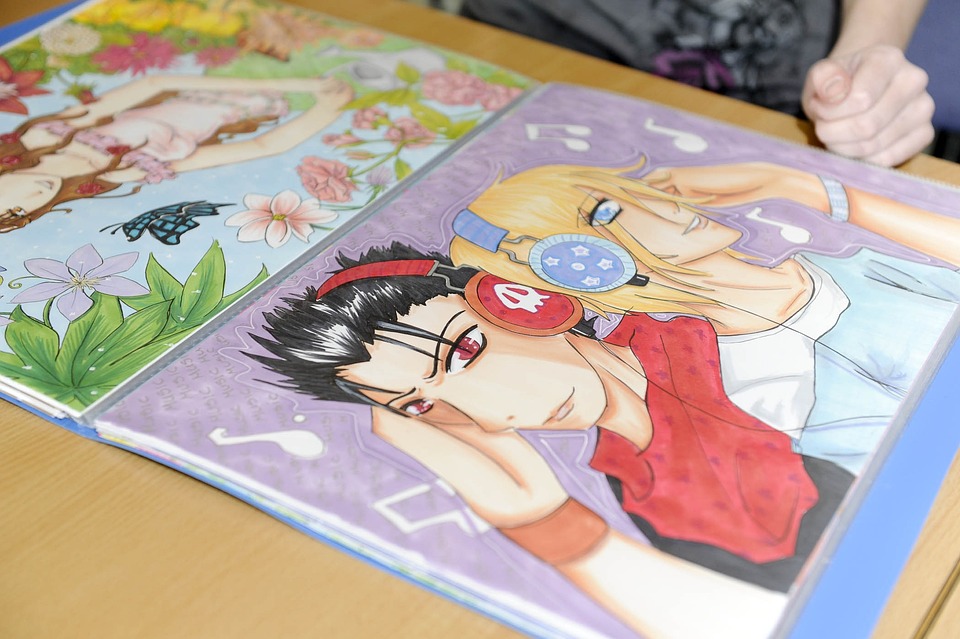
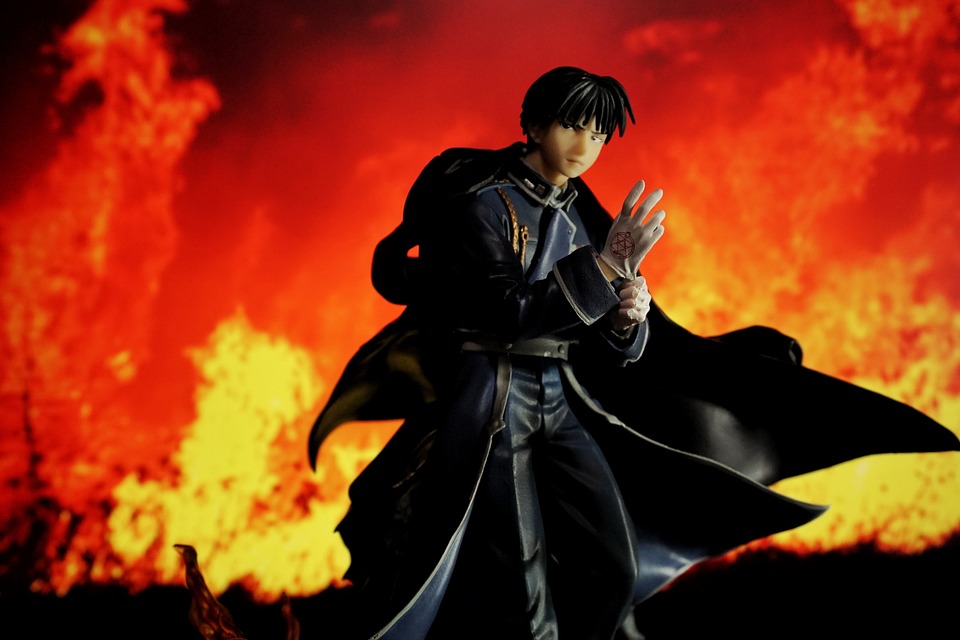
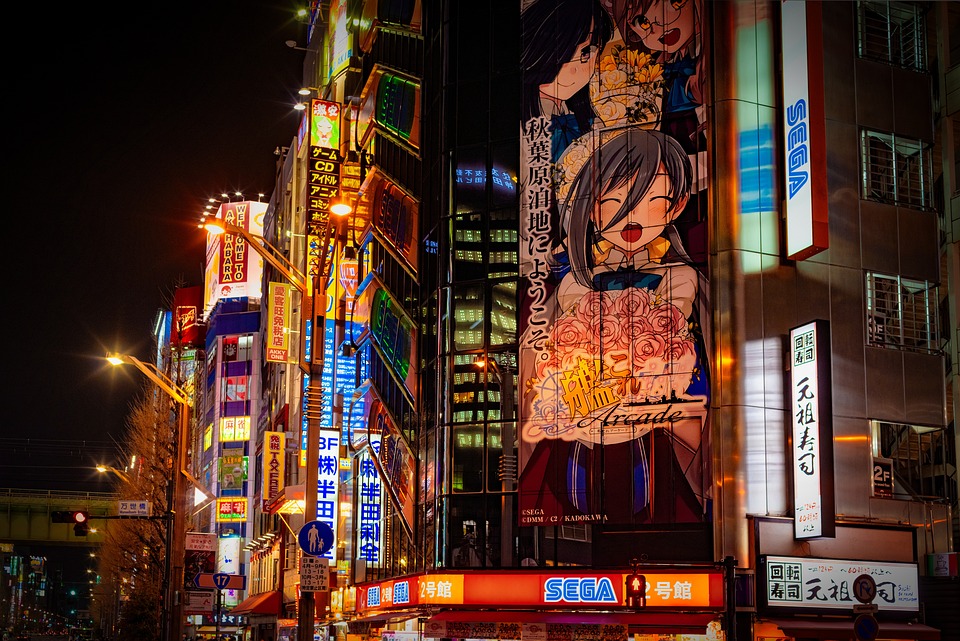
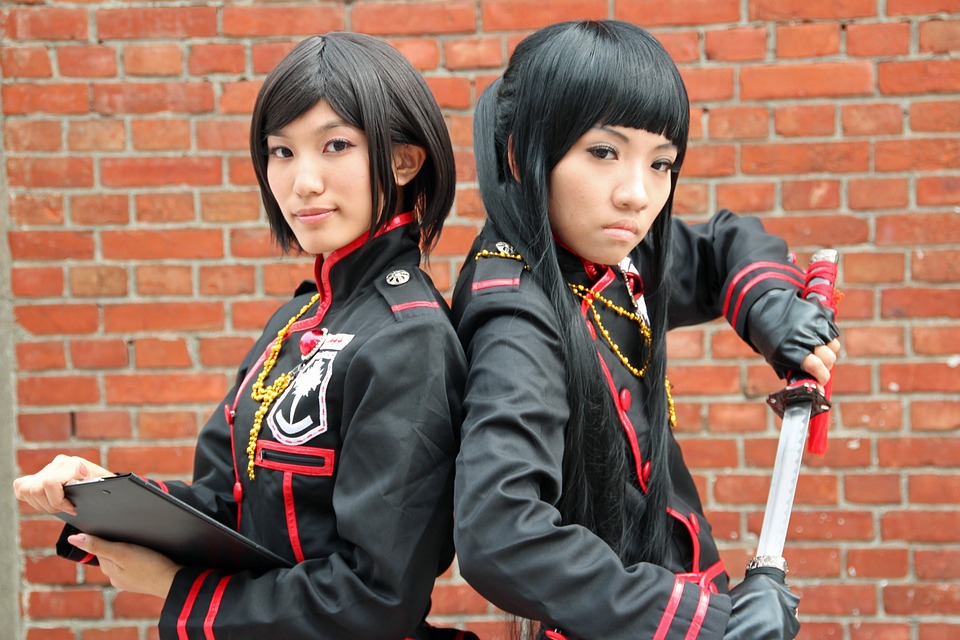
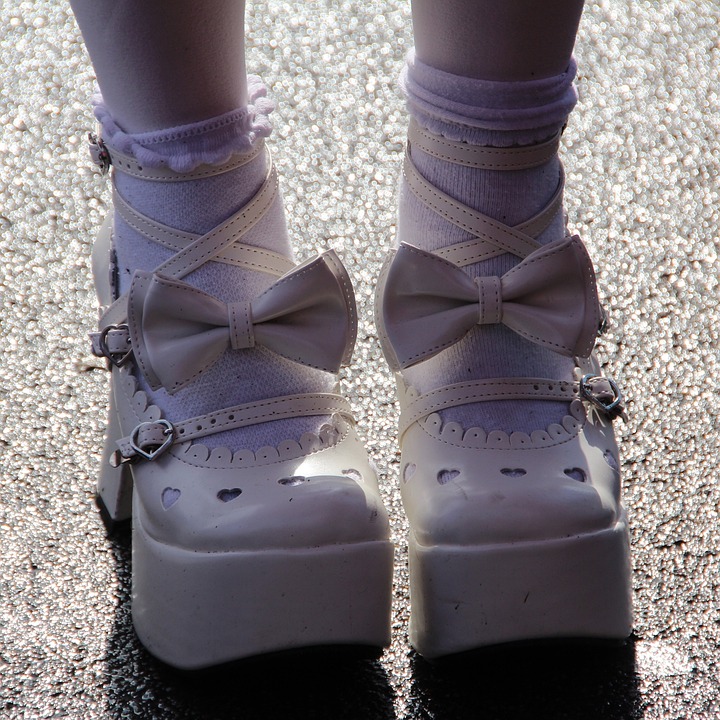

Leave a Reply